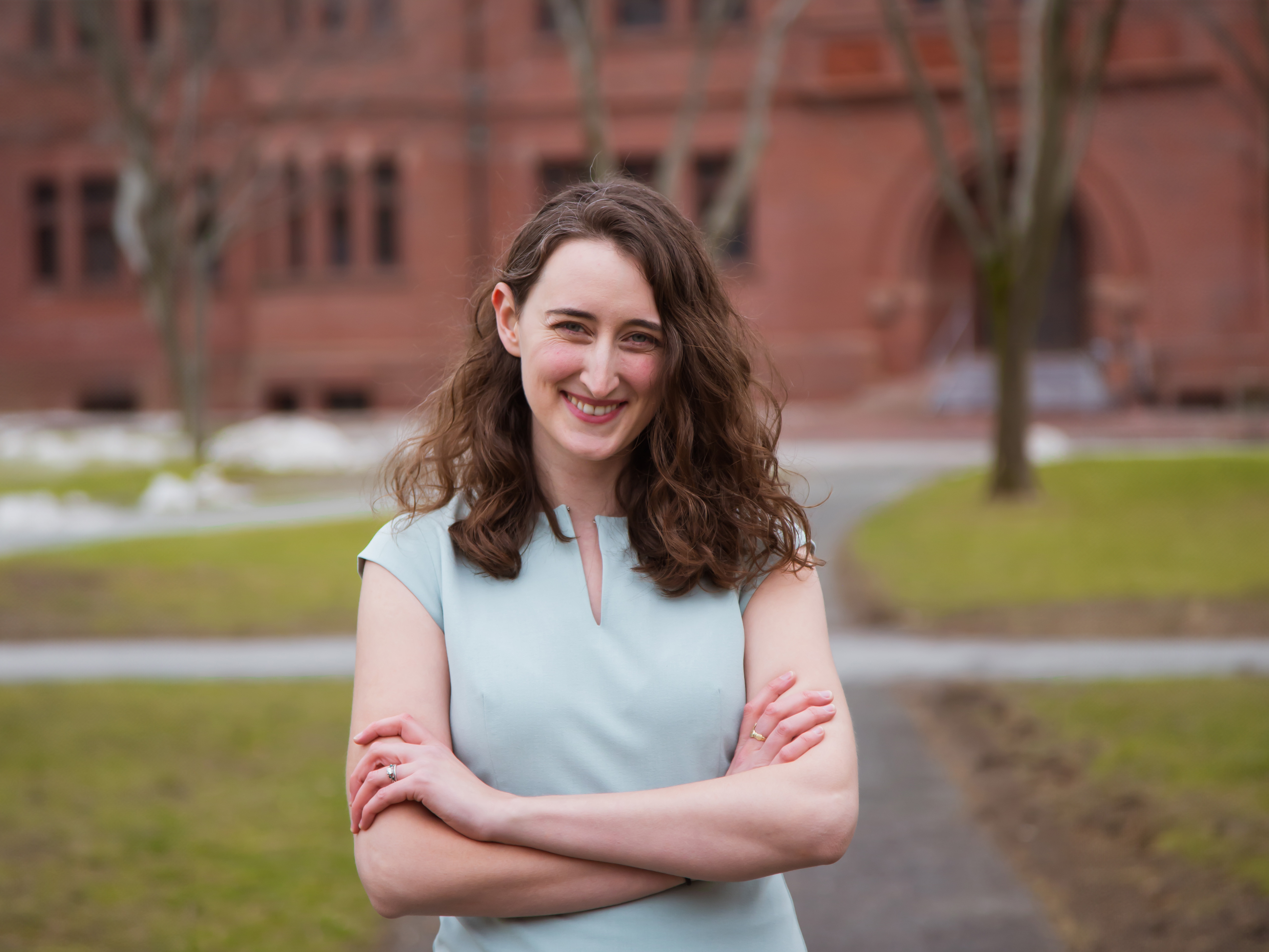Trying to Take Forever Chemicals Out of the Equation
-
-
Slice of MIT
Filed Under
Recommended

While many people wouldn’t say that chemistry and sustainability go hand in hand—for Cassandra Aileen Zentner PhD ’20, chemical sustainability is a full-time job.
Zentner serves as the vice president of health and environment for actnano, a Boston-area startup that designs and manufactures innovative protective coatings for automotive and consumer electronics. The company’s coating completely protects circuit boards and their sensitive surfaces, such as connectors, antennas, and LEDs, from harsh environmental conditions—moisture, humidity, condensation, salt, and more—that can cause corrosion and damage.
While a coating like this is typically used to protect electronics from the elements, actnano’s coating is atypical, Zentner says, because, unlike many others on the market, it is designed prioritizing materials that are nontoxic and using known chemistries that are nonhazardous and not persistent in the environment. Traditional coatings for electronic components contain PFAS (per- and polyfluoroalkyl substances). These so-called “forever chemicals,” used in consumer and industrial products, do not degrade but linger in the environment, and scientific studies have shown that exposure to some PFAS may be linked to a range of serious health problems, including cancer, reproductive harm, and immune system damage. PFAS can be found in products ranging from nonstick cookware, stain-resistant carpeting, and personal care products to firefighting foam.
Taymur Ahmad, chairman and CEO of actnano, launched the company in 2012 to create the industry’s only fluorine-free (does not contain PFAS) 3D surface protection technology. He was inspired to do so after he observed firsthand—while running factories globally at a previous company—that workers were getting sick from handling traditional coatings. Zentner works with industry groups and others to build on that achievement, advocating for removing PFAS and other hazardous chemicals from the supply chain and leading initiatives to reduce overall impact on the climate. The company’s 60-member team includes five other MIT PhDs, including CTO Justin Alan Kleingartner SM ’13, PhD ’15.
No Stranger to PFAS
Zentner’s interests in green chemistry, sustainability, and improving occupational and consumer safety were first sparked as an undergraduate at Oberlin College. Her career since then has bridged the intersection of fundamental nanotechnology research and product and business development.
She briefly worked as a staff chemist for MIT materials startup QD Vision in Lexington, MA, researching quantum dot technology for consumer electronic displays. Acquired by Samsung for $70 million, the company was cofounded by Moungi Bawendi, the Lester Wolfe Professor of Chemistry at MIT, who recently won a share of the Nobel Prize in Chemistry for his role in the development of quantum dots—the tech the company was built around. After QD Vision, Zentner joined the early research and development team of Boston-based C2Sense, an MIT “Tough Tech” spinoff founded by Timothy Manning Swager, the John D. MacArthur Professor of Chemistry.
Zentner left the company in 2016 to join Swager’s lab, where she used PFAS-based surfactants and oils as a graduate student in her new field of research: complex emulsion sensors. PFAS-based surfactants make oil and water “like” each other better, so oil droplets can form in water without separating, forming an emulsion. Through additional engineering, this means complex oil-in-water emulsions are possible. (The Swager group uses these complex emulsions to make responsive systems, such as sensors.) Zentner also used PFAS-based solvents for one of the “oil” components of the emulsion system.
As Zentner learned more about the documented health and environmental issues surrounding PFAS, she started to look for a role where she could use her knowledge in surface chemistry to bring nontoxic alternatives into the market.
Innovating for Sustainability
She found that opportunity at actnano. Zentner began as director of applications, then became senior director of actnano’s global technical services, which connects directly with customers. The experience gave her insights into the working conditions of factory employees handling actnano’s materials, and the types of factors the company should consider in product strategy.
“Chemicals can come with inherent hazards—toxicity and flammability are a couple examples. In the design phase, in which we are synthesizing or utilizing chemicals, we evaluate their known hazards and how that would impact those handling the products outside of a controlled laboratory environment,” she says. “In addition to the end product, product strategy should also include analysis of the manufacturing of the products. Prioritizing methods that reduce energy and waste helps generate a more sustainable product as well.”
Zentner currently builds and runs actnano’s sustainability efforts, determining how the company can reduce its impact on the environment from packaging, transportation, manufacturing, and in the products themselves. As part of those efforts, actnano belongs to ChangeChemistry, a group of more than 100 industry members that is trying to make safer and more sustainable chemistries widely available in the marketplace.
“Bringing impactful change, rather than [making] minor adjustments, is important, and identifying those projects and the challenges to overcome in implementation is a key part of the role,” Zentner says. “When I look at the scope of the change necessary across industries, that can feel insurmountable. I can at least now know I am a part of the solution and will continue to do what I can.”
Photo: Renata Watson.







